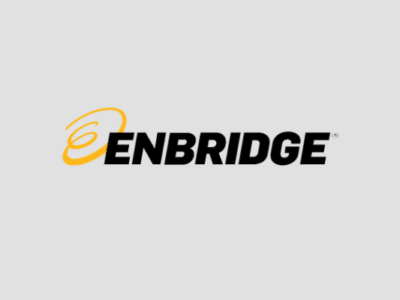EL SEGUNDO, Calif. | IHS —
The market for semiconductors used in photovoltaic (PV) inverters, which convert direct current (DC) to alternating current (AC) from the PV modules, will continue to expand in the long term.
According to IHS, amid increased awareness and demand for energy-efficient products, revenue from semiconductors used in PV inverters amounted to $387.1 million last year, a year-over-year increase of 9 percent.
The PV inverter semiconductor market is on track for strong long-term growth of 12 percent in 2015, 20 percent in 2016,14 percent in 2017 and 16 percent in 2018.
“One of the most important trends in the semiconductor industry today is the development of solutions that improve energy efficiency,” said Robbie Galoso, associate director, semiconductor market shares and industrial electronics for IHS. “In particular, semiconductors play a key role in PV Inverters, where major power savings can be accomplished.”
According to the latest IHS research on industrial semiconductors, there are three major types of PV inverters, as follows: microinverters, single-phase inverters and three-phase inverters. The small-scale inverter market is mainly composed of microinverters and single phase inverters, which are expected to capture more market share from three-phase inverters over the next five years.
“Microinverters convert direct current electricity into alternating current, from a single solar module,” Galoso said. “Although they are more costly, in some cases microinverters can harvest up to 25 percent more electricity than conventional string- or central-inverter devices, which convert power from multiple solar panels.”
Semiconductor content thrives in PV Inverters
The demand for high-quality energy conversion by PV inverters has increased the penetration of discrete and analog semiconductors. In fact more than three quarters of PV-inverter semiconductor revenue is made up of analog and discrete components.
Small-scale PV inverters – such as microinverters and single-phase inverters – generally include metal-oxide-semiconductor field-effect transistors (MOSFETs) and other components, given their low power rating of less than 500 watts (W). Large three-phase inverters with power ratings above 500W generally drive the demand for high-power discrete semiconductors, such as insulated-gate bipolar transistors (IGBTs), because of their better performance at high temperatures.
Microinverters and single-phase PV inverters generally use microcontrollers (MCUs) as a control unit, while three-phase inverters typically use digital signal processors (DSPs), especially those that require faster signal processing. “Due to increasing sales of microinverters, overall semiconductor unit sales and revenues in PV inverters will continue to show healthy growth,” Galoso said. “In general, the discrete unit counts are highly correlated to the PV inverter’s power rating.”
Ongoing component price erosion continues to be exacerbated by the rise of Chinese PV inverter suppliers; however, average selling prices (ASPs) for discrete power transistors, thyristors and power diodes may rise in the short term, due to the influx of gallium-nitride (GaN) and silicon-carbide (SiC) semiconductors and as other innovative next-generation technologies go into effect.














Comments